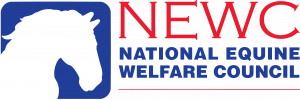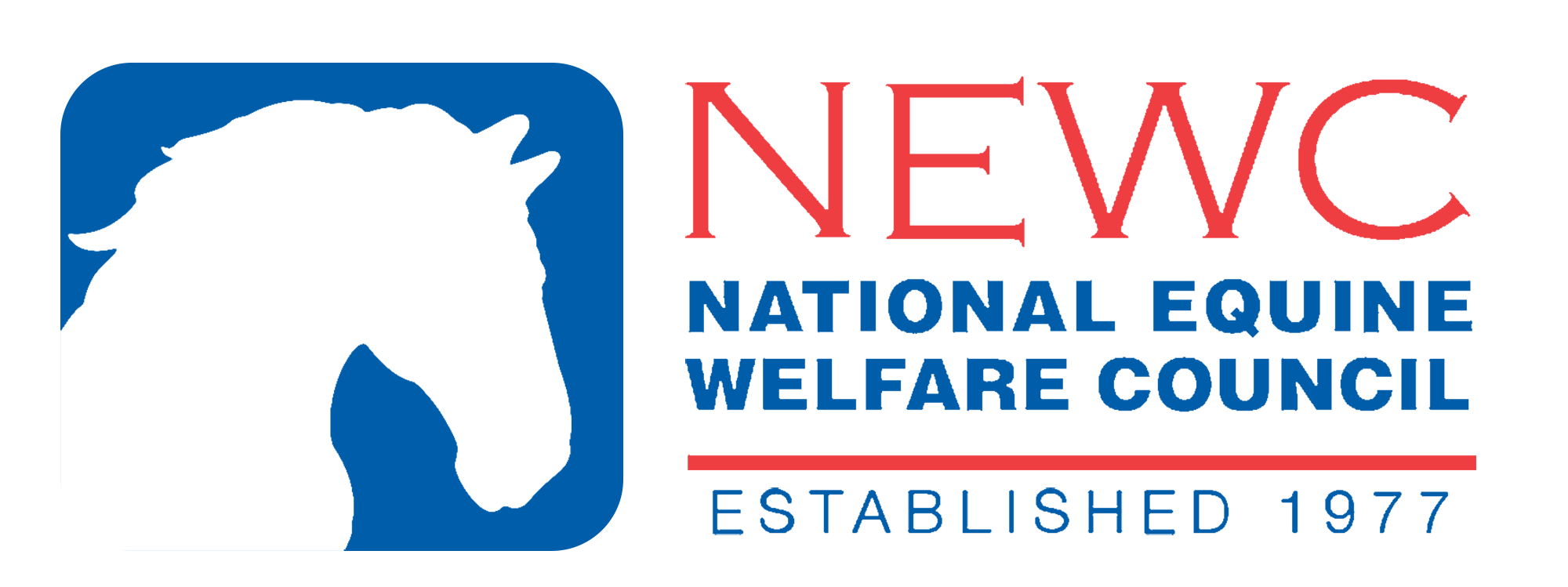

Careful selection of providers of services related to the many and varied roles of domestic equines is necessary to protect their health and welfare. Reference to relevant Professional Associations is made in the sections within the guidance to support the NEWC Standards for keeping equines. Areas covered by allied professionals and other service providers include body/health workers (physiotherapists, osteopathists, chiropractors, hydro therapists, body workers, masseurs), hoof care (farriers, barefoot trimmers, podiatrists), teeth care (equine dental technicians, specialist equine dental veterinary surgeons), behaviourists, nutritionists, tack fitters (saddle, bridle, bits) and suitably qualified persons who can provide professional advice on worming and treating other parasites.
The terminology used to describe the level of regulation that is associated with different professions is explained below and relates to what can be expected from members of that profession in terms of regulation, training, qualifications, fitness to practice and insurance cover.
Veterinary Surgeons and Farriers are the only professions in the veterinary healthcare model that are subject to any statutory regulation.
A statutory regulator has a main purpose of protecting the public (and in the veterinary model, their animals), setting educational and professional standards for the whole profession, as well as maintaining a competency register by completing annual checks on CPD, fitness to practice and insurance cover. In addition, they provide a complaints and disciplinary process so anyone can complain about a registrant and have an impartial investigation into their concerns. Practitioners generally have a protection of title and must be registered to legally practice their given discipline.
Examples: Royal College of Veterinary Surgeons (RCVS) for Veterinarians. Farriers Registration Council (FRC) for Farriers.
Chiropractic, Osteopathy and Physiotherapy are Voluntarily Regulated. A voluntary industry regulator (VIR) has a similar purpose to statutory regulators, but it has no legal power to enforce the standards set, and registrants do not have protection of title. Practitioners volunteer for regulation to evidence professional commitment, but this is not mandatory, and they can practice without joining the register.
Examples: Register of Animal Musculoskeletal Practitioners (RAMP) for Physiotherapists, Chiropractors and Osteopaths working with animals. These professions have statutory regulation in human care only via the Health and Care Professions Council (HCPC), General Chiropractic Council (GCC) and General Osteopathic Council (GOsC), but have no legal power over the treatment of animals.
There is much confusion around regulatory bodies and professional associations. Most Allied Professions only have Professional Associations. A Professional Association is a body which exists to support its members. It provides CPD, mentorship and promotes the specific aims of the group. They set their own standards both for inclusion and maintenance of their organisation. Many will ensure their members complete CPD and remain insured to practice as part of the terms of membership. Some will conduct a complaints procedure, but they may not be seen as being completely impartial, as the complaint will be made against one of their own members.
Many of the practitioners are members of Professional Associations (PAs) but are not subject to regulation.
Examples: Association of Chartered Physiotherapists in Animal Therapy (ACPAT), British Veterinary Chiropractic Association (BVCA), Equine Podiatry Association (EPA), British Association of Equine Dental Technicians (BAEDT), Animal Behaviour and Training Council (ABTC), Certificated Clinical Animal Behaviourists (CCAB).
Table 1: Education level of Qualifications
| Education Term | Regulated Qualifications Framework (RQF) | Scottish Qualifications Authority (SQA) |
| A-levels and Highers | 3 | 6 |
| National Certs or first year of BSc course | 4 | 7 |
| National Diplomas or Foundation degrees | 5 | 8 |
| BSc or Undergraduate degrees | 6 | 9 |
| MSc or Int M | 7 | 10 |
| PhD | 8 | 11 |
Qualified practitioners who are members of a Professional Association or Voluntary Regulatory Body will be aware of their scope of practice and requirements for veterinary referral to carry out the work they supply. Practitioners without such awareness should be avoided.
Scope of practice is the area or areas of the profession in which they can evidence knowledge, skills and experience to practise lawfully, safely and effectively, in a way that meets the standards and does not pose any danger to the public or the practitioner.
If inviting an allied professional or other service provider into your team, it is worth agreeing on a policy with your veterinarian.
